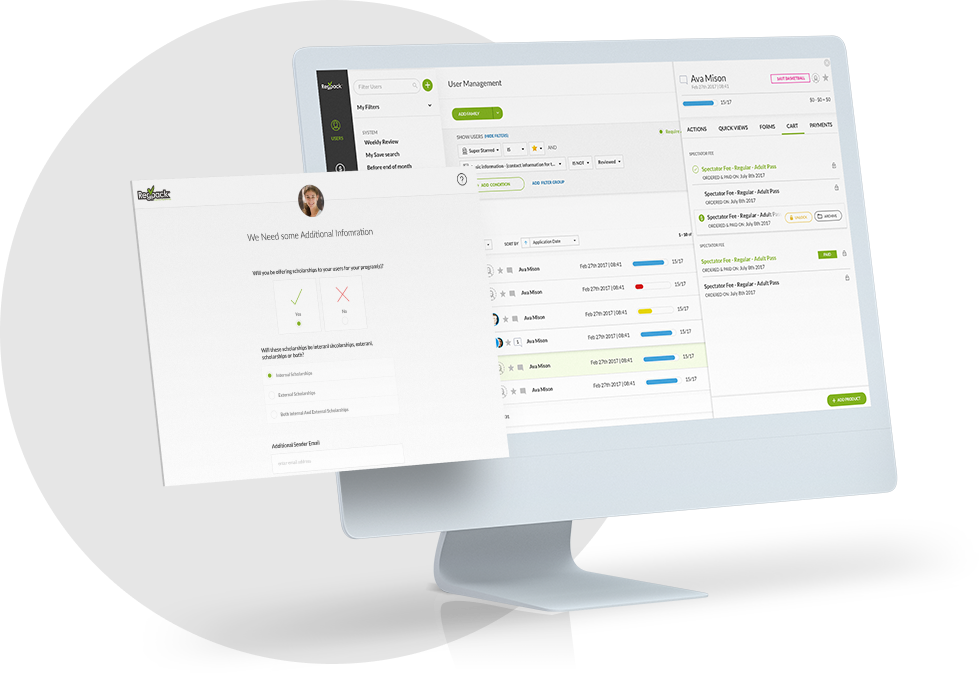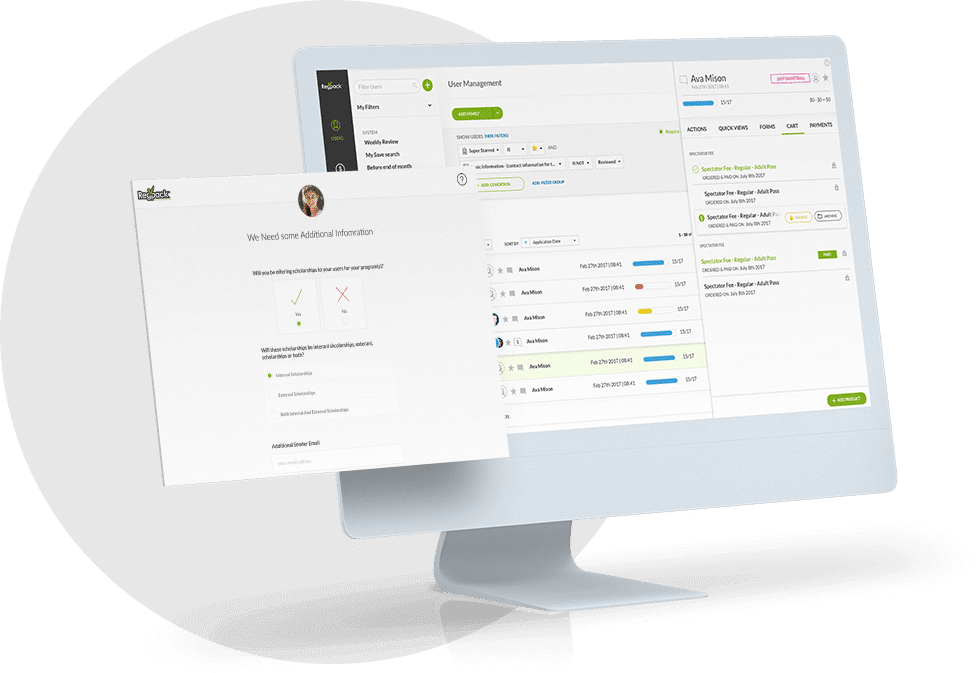Members expect exceptional service from the membership businesses they regularly give their hard-earned money to.
In order to consistently meet these expectations, business owners need to institute membership management strategies that cover the basics.
These include activities like updating your database, communicating with members, and using membership data and feedback to consistently improve the member experience.
In this article, we’ll cover six methods for membership management that you can easily incorporate into your ongoing membership management process.
We’ll also call out software tools that will help you do these more efficiently.
- Keep Your Member Database up to Date
- Communicate With Your Members
- Track How Engaged Your Members Are
- Take Advantage of Membership Data
- Ask Your Members for Feedback
- Use Membership Management Software
- Conclusion
Keep Your Member Database up to Date
Poor data quality costs companies an estimated average of $12.9 million every year, according to Gartner’s research. In other words, data hygiene is essential.
And an outdated member database is filled with inaccurate data, which makes it difficult for you to track your members and non-members, and to make informed decisions about marketing and other initiatives.
When it comes to decision-making, companies with inaccurate data are like philosophers with faulty premises. Both arrive at conclusions that are misinformed and doomed to fail.
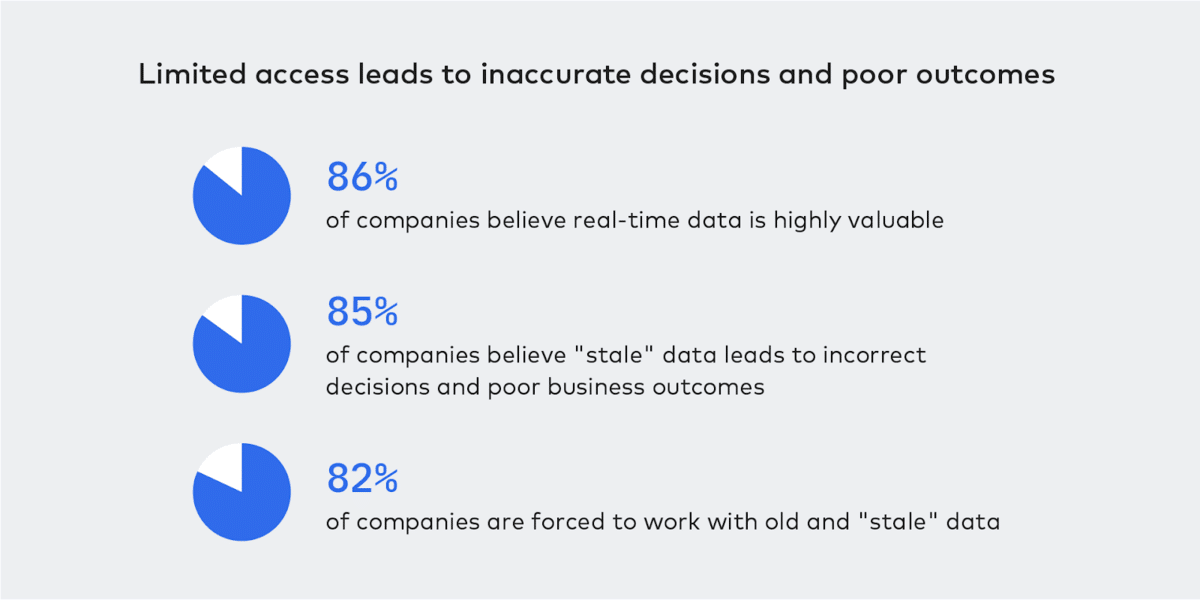
Source: Fivetran
Not to mention, poor data can cause you to lose leads or customers. For instance, sending re-marketing emails to an email address that a customer no longer uses can result in churn.
Or, faulty location data could cause a business owner to send irrelevant promotional emails to customers that are no longer in the area where stores are offering those sales.
Enough mistakes like these can lead to annoyance and email unsubscribes.
So, at least once a year, clean your database by conducting the following activities:
| Remove inactive members. | Filter for and clear out members whose memberships have been canceled for years, and who show no sign of planning to renew them. |
| Ask members to update info. | Send an email to members asking them to update their important details like their email address or payment information. |
| Review data automations. | Make sure that all the tools you’re using to collect data from customers (e.g., registration forms) are correctly transferring data into your member database. |
Getting members to actually update their information can be a bit tricky, so consider offering them a small incentive to do so, whether that’s a slight discount or a free gift.
This will not only encourage them to update their information, but it will also win their favor, since customers love when brands offer them rewards and freebies.
Consider using a data cleaning tool to automate data hygiene.
Such tools can point out typos, delete duplicate records, and even flag or delete invalid email addresses in your database.
This takes the tedium out of the cleaning process, reduces human error, and gives you confidence in your data and the decisions and personalizations that are based on it.
Communicate With Your Members
Regularly communicating with your members keeps your members informed and engaged, making it more likely that they’ll continue to interact with and buy from your business.
Often, email communication is the best medium for this ongoing communication because it’s cost-effective and used by almost every one of your customers.
Of course, manually emailing hundreds or thousands of members a few times a week is unreasonable, so it’s best to use some sort of email automation tool to help you out.
These tools allow you to build email nurturing campaigns that automatically send personalized emails to your recipients at chosen intervals.
They also allow you to segment your email list and create different campaigns for each list, ensuring that everyone gets relevant messages and content.
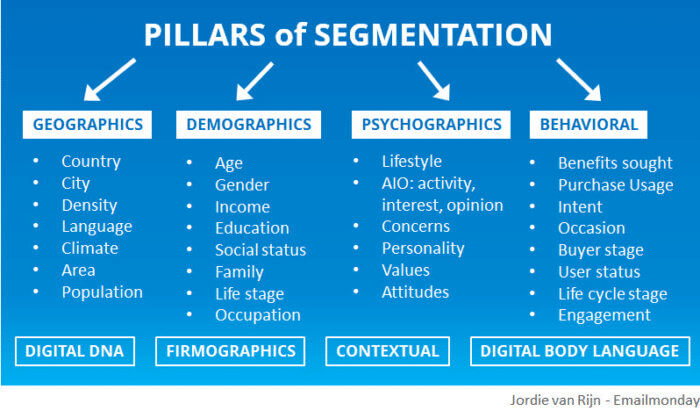
Source: Smart Insights
For instance, you might segment your members based on the service they use, their geographic location, or their online behavior.
Further, many of these tools enable you to set up trigger-based automation, so if a member takes a specific action, either on your website or on your email, the software will move them to a different email list or send them a specific email.
For example, if someone buys a service, they might automatically receive a welcome email.
If someone has clicked on a web demo link in an email, the system might switch them to a more sales-focused email campaign.
Here’s an example of trigger-based automation in Campaign Monitor:
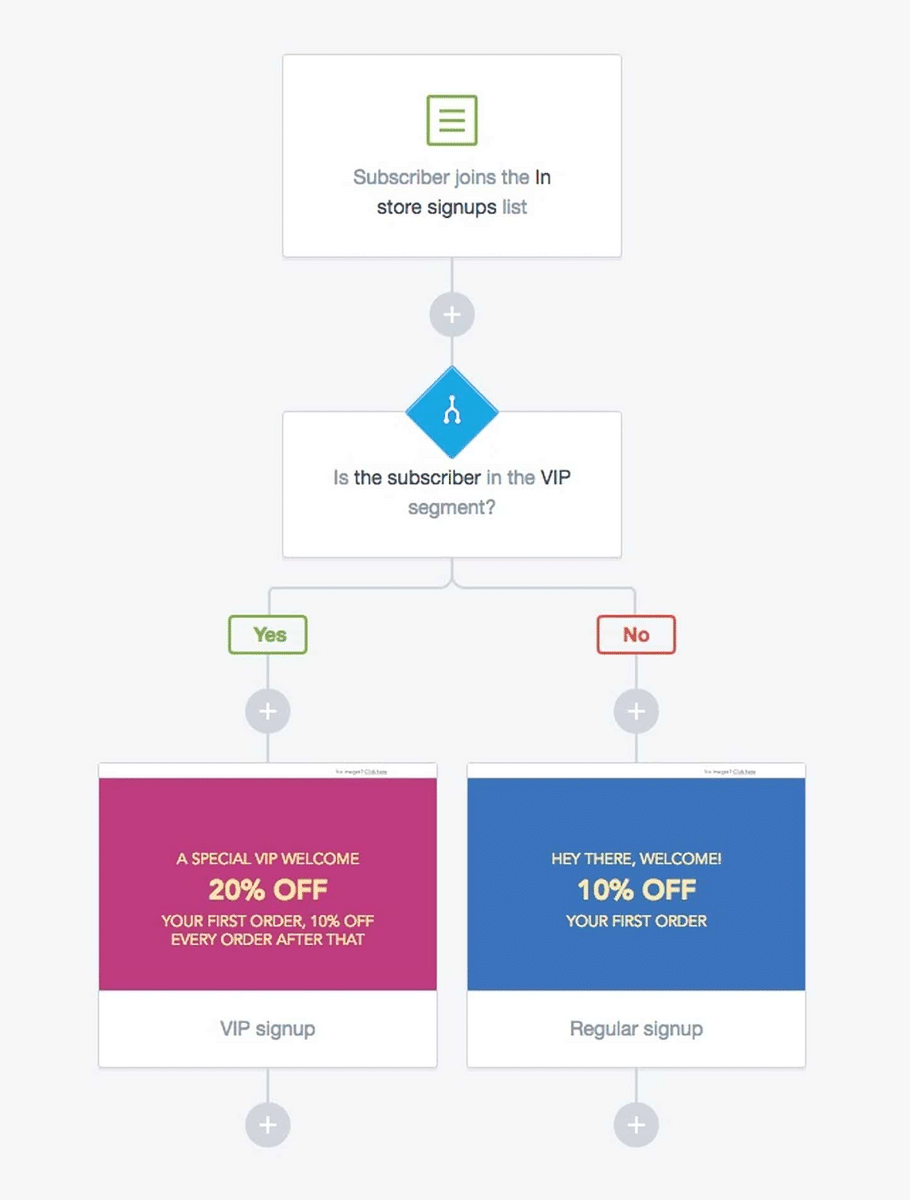
Source: Campaign Monitor
After subscribing to the company’s email list, members who are VIPs will receive an email with a 20% discount code, while non-VIPs receive 10% off.
All of these email automation features will ensure that you’re always gradually building relationships with your members while spending very little time on email.
Track How Engaged Your Members Are
Membership businesses should track member engagement metrics to understand whether their current efforts are enough to retain their members.
In fact, Marketing General’s membership marketing report found that 52% of executives think lack of engagement is the main reason members don’t renew their membership.
To monitor the engagement of their members, track transactional data (number of sign-ups, attendees, etc.) as well as behavioral data (email open rates, web page traffic, etc.).
For example, here are some behavioral metrics to track if you want to figure out how engaging your website is:
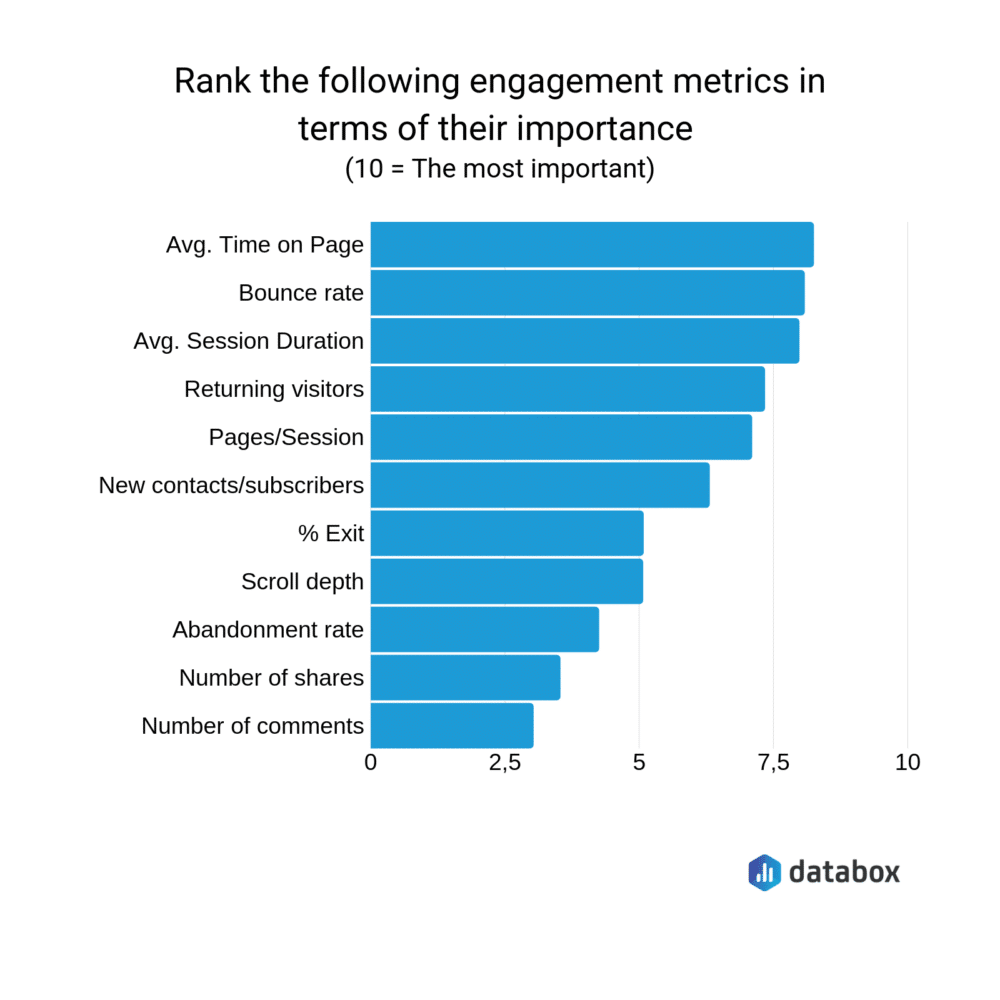
Source: Databox
Most of this data can be found within a dedicated membership management platform.
But for some metrics, especially behavioral ones, you’ll likely have to run reports in relevant tools like your email marketing software, ad tools, or web activity tracking apps.
Tracking these engagement metrics should help you narrow down which emails, blog posts, webinars, web pages, and other material are engaging customers, and which are not.
Another great way to get feedback about how well your brand is doing is to send out engagement surveys to members.
You can use a free tool like SurveyMonkey to create and send surveys, as well as track their results.
In these surveys, ask members questions that will produce answers that indicate the effectiveness of your engagement strategies.
For example, here are some questions you could ask customers to answer on a scale of 1-10:
| Would you recommend our blog to a peer? |
| How frequently do you interact with our brand’s content? |
| Which content do you find the most valuable? |
| How often do you use our training resources? |
After doing a deep dive into the effectiveness of your engagement strategy, you should know which engagement techniques deserve more investment and which can be all but eliminated.
For example, if a company found that almost none of their members are reading their blog posts about topic A, but are obsessed with topic B, they would focus on funding (and writing about) the latter.
In short, keeping a finger on the pulse of your member engagement will help you identify issues and produce more powerful engagement strategies to retain customers.
Take Advantage of Membership Data
Collecting data from your members is only half the battle. To generate insights that improve decision-making, you have to analyze that data.
Membership management software often offers reporting features that allow you to build reports that help you gauge the effectiveness of your marketing and customer retention processes.
For example, you could run a report to find the 100 members who have purchased the most from your business in the last year.
Then, you could do some reporting to figure out commonalities between those 100 members.
Perhaps you’ll find that they’re all part of a certain marketing campaign, or that a significant percentage of them watched a specific marketing video.
Armed with these insights, you could then decide to push that hyper-effective marketing video to more of your audience, either through email or social media.
Furthermore, membership companies can also run reports that identify the customers who are at risk of churning, so they might require more care.
To illustrate, you could run a report to uncover the most inactive users, and then focus on re-engaging them through an email campaign.
Marketing isn’t the only domain you can analyze with effective reporting.
Using an all-in-one membership platform like Regpacks, you can also create reports to analyze your payment collection processes, not to mention track payment status:
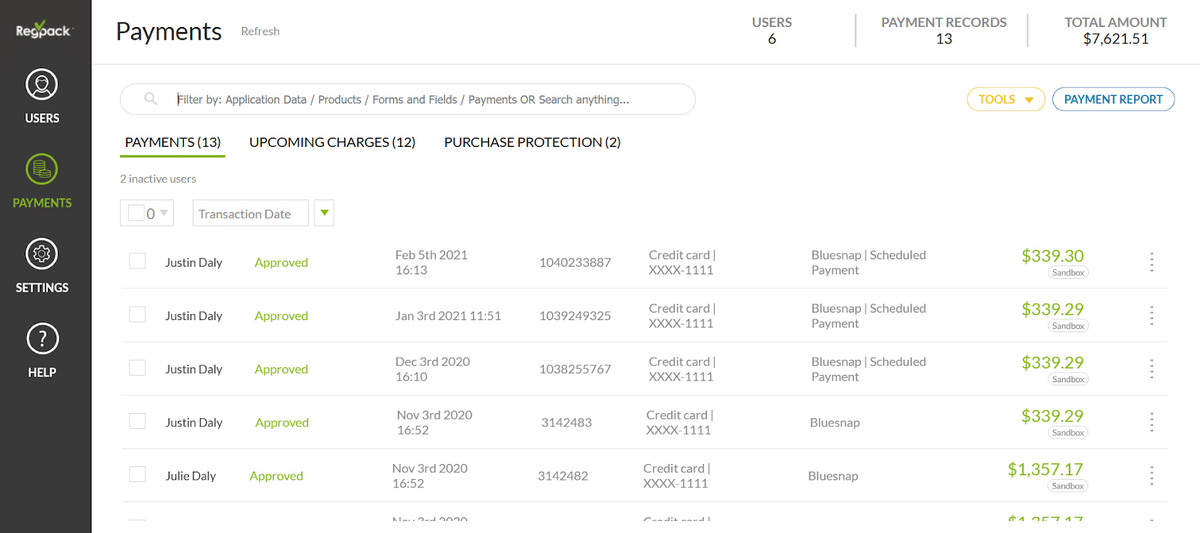
Source: Regpack
In sum, data reporting features help you leverage your data to make more informed marketing decisions and retain a higher percentage of your members.
Ask Your Members for Feedback
When membership businesses ask for, respond to, and improve themselves based on positive or negative feedback, members are more likely to renew their membership, and even refer others to the business.
This happens for two reasons. First, companies that listen to feedback are more likely to create a better customer experience that keeps customers happy.
Second, customers appreciate businesses that listen to them. It makes them feel included.
And if they see you make changes that take their recommendations into account, they’re likely to be incredibly loyal.
One of the most effective ways to get this feedback is to send out feedback forms (via email) that members can fill out:
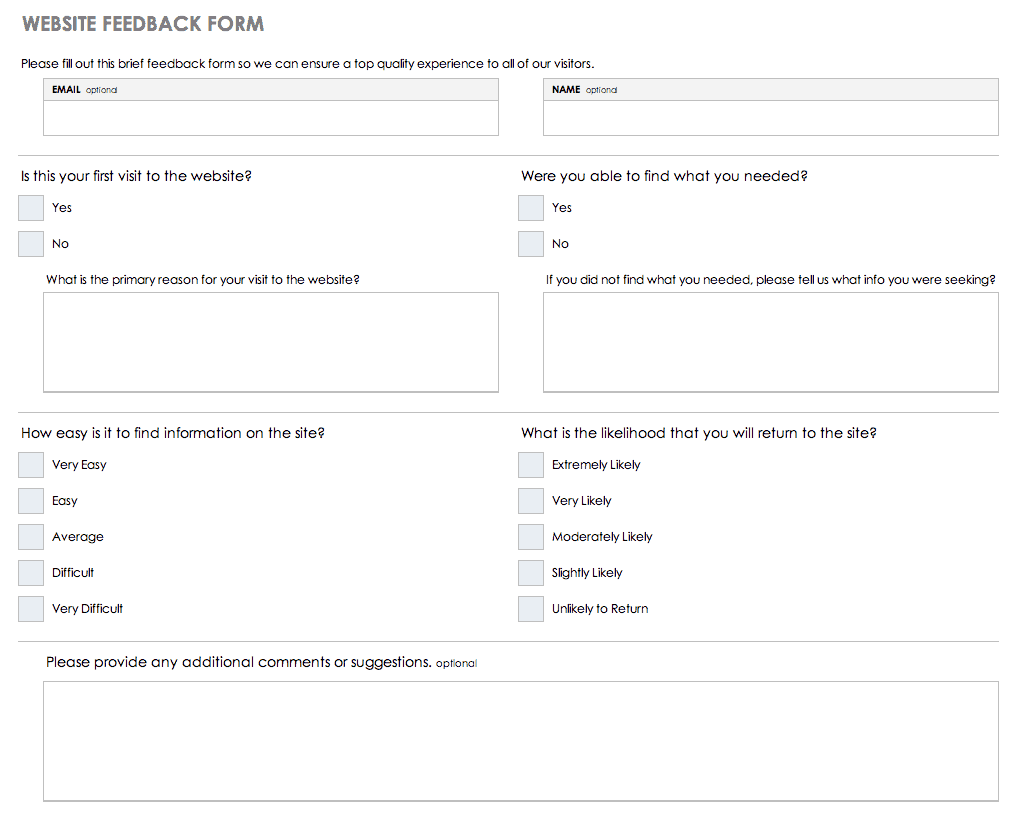
Source: Smartsheet
Your membership management software, or an online form builder tool, will give you the ability to easily build feedback forms that have multiple choice questions, open-ended questions, and other question types.
As for question content, ask questions that help you gain feedback directly related to a specific goal.
For example, if you were trying to improve the customer experience with a specific service, you’d ask questions like “How likely are you to recommend X service to a peer?” or “What would you like to see added to X’s service package?”
When you ask members to get involved in improving your membership business, they’ll start to feel like members on a whole other level, and you’ll see increases in your retention numbers.
Use Membership Management Software
Membership management software helps you automate, completely or partially, the many management activities we’ve covered so far in this article, from emailing your members to capturing and analyzing their data.
With a dedicated tool, business owners can focus more of their time and energy on work that requires their unique skill set and knowledge, instead of on repetitive and simple tasks like sending out a welcome email whenever a new member signs up.
Take Regpack, for example.
It’s a robust membership software platform that simplifies and powers database management, member communication, reporting, as well as customer feedback and payment collection.
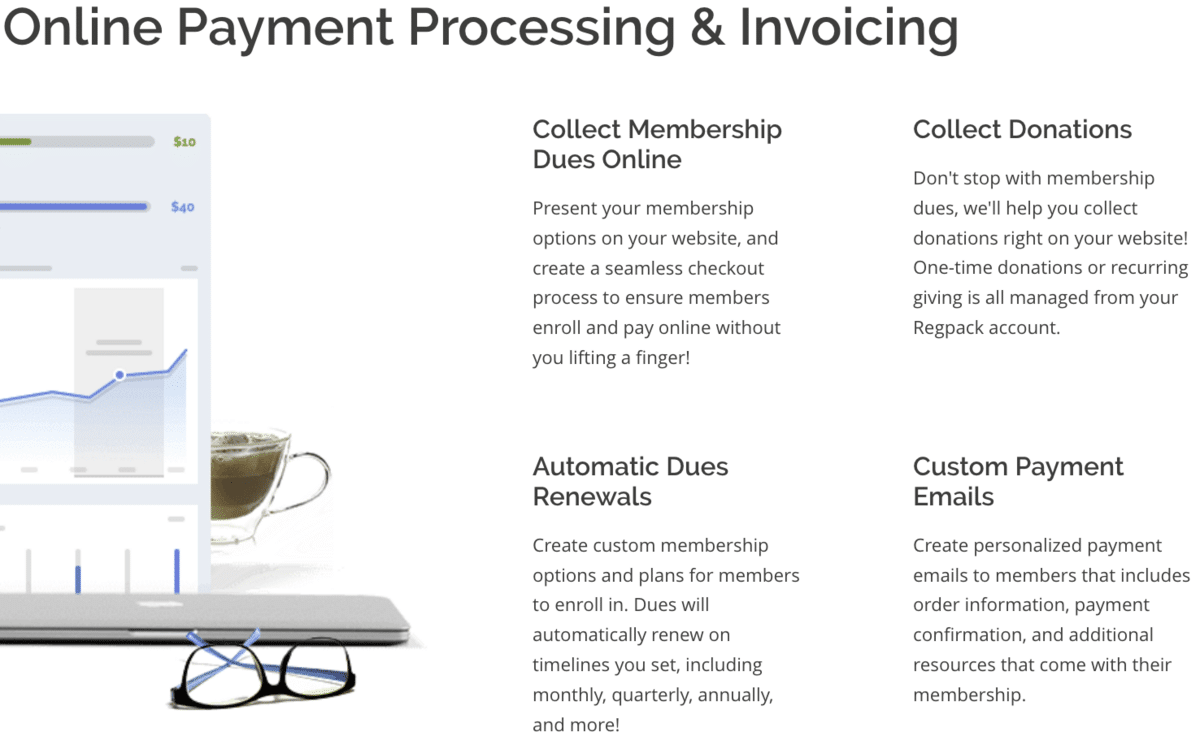
Source: Regpack
But membership management tools shouldn’t just help you retain members. They should also help you attract and register new ones.
For example, Regpack enables users, regardless of their technical ability, to build and embed online registration forms that are tailored to the needs of your business and convenient for your customers to fill out from their mobile or desktop devices:
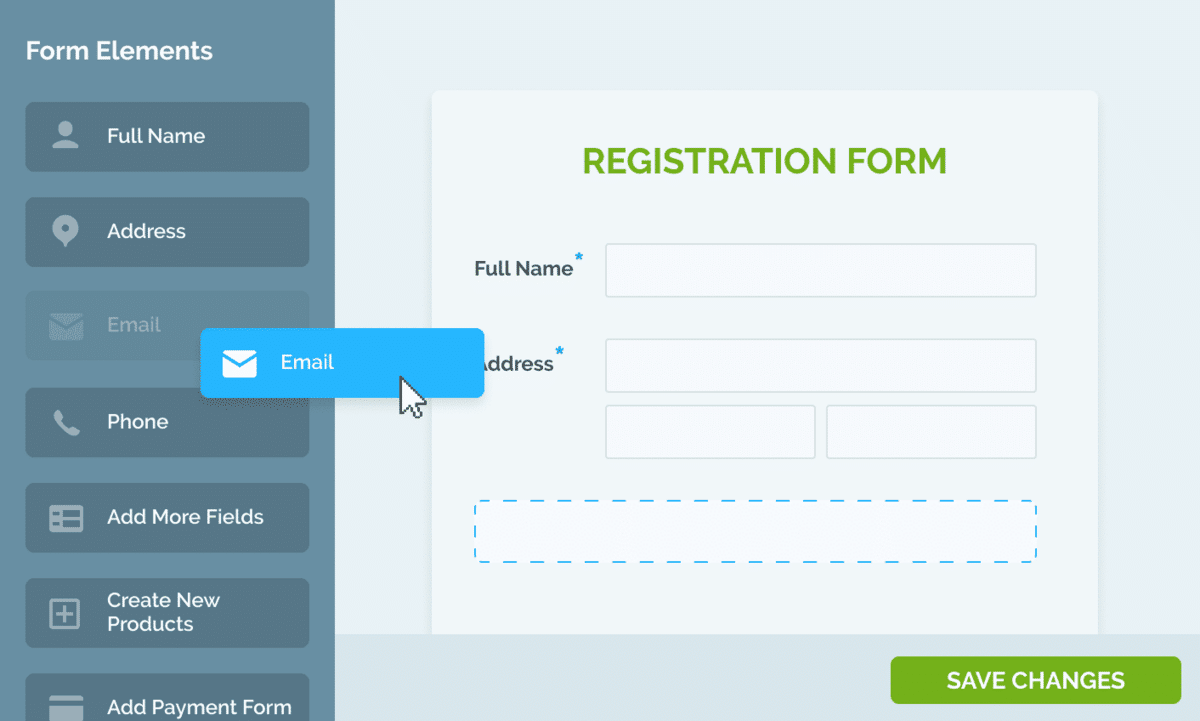
Source: Regpack
Many of these tools also come with payment gateway technology, which allows your customers to securely pay for their membership directly on your website.
This can improve your sales conversion rates.
When customers have to jump to an unfamiliar web page during checkout they might become unsure of the security and drop out as a result.
Instead, paying directly on the website assures them of your trustworthiness.
Overall, using membership management software is a great way to free up time for your team while also providing your members and leads with a more personalized and convenient experience.
Conclusion
Successful membership business owners engage in regular management activities to keep their membership database and relationships with members strong and healthy.
Common activities include tracking membership engagement to spot areas for improvement, getting feedback from members to identify opportunities, and using software to streamline a lot of the work that goes into managing a membership business.
If you feel like you’ve got membership management down to a science, and want to start focusing on optimizing your pricing strategy to retain and attract more customers, check out our guide on the best membership business pricing models.
Inside you’ll find each one’s advantages, disadvantages, and use cases so that you can pick the one that works best for your particular business.









